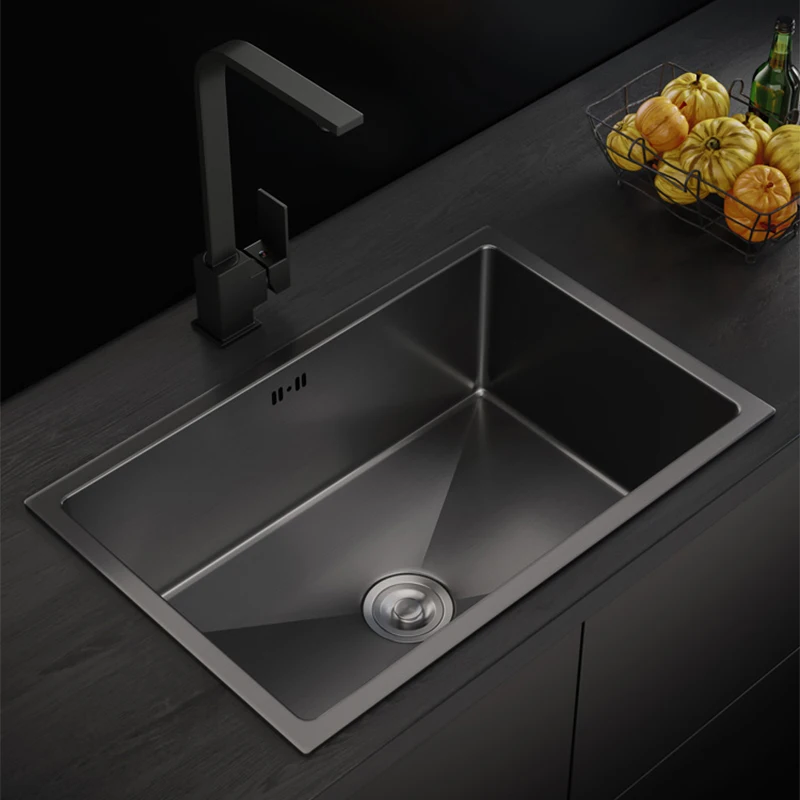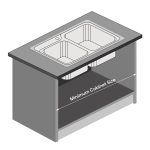In the heart of every home lies the kitchen, a space not only meant for culinary creations but also for social gatherings and family interactions. Central to this important area is the kitchen sink, a functional yet often overlooked component of kitchen design. Choosing the right kitchen sink is crucial as it affects the aesthetics, functionality, and overall feel of the space. This comprehensive guide takes you through the different sizes and styles of kitchen sinks, ensuring your choice perfectly complements your kitchen’s vibe and meets your daily needs.
Understanding Kitchen Sink Sizes
Standard Dimensions of Kitchen Sinks
When selecting a kitchen sink, the first step is to understand the standard dimensions available in the market. Most kitchen sinks range between 24 to 36 inches in width, though custom sizes can accommodate specific kitchen layouts. The depth of sinks typically varies from 6 to 10 inches, which can significantly influence both usability and design.
A standard 30-inch sink is common in many homes, providing a balance between function and available space. However, bigger can sometimes be better, especially for avid cooks or families—where a larger farmhouse sink or double basin options may be more suitable. Depth is equally important; deeper sinks can accommodate larger pots and pans while minimizing splashing, vastly improving your experience during food preparations and clean-up.
Measuring Your Kitchen Space
Before you settle on a size, it’s essential to measure your kitchen space carefully. Take precise measurements of your countertop and cabinetry where the sink will reside. This will help you understand how much room you have for depth and width while ensuring the aesthetic balance of your kitchen design.
Having an understanding of your space can shine a light on potential sink options. If you’re working with limited counter space, you might opt for a space-saving single-basin sink, whereas larger kitchens may accommodate a more extravagant setup with dual basins or a large, deep farmhouse sink. Remember that adequate clearance underneath the sink for plumbing and garbage disposal units is also key to ensure functionality.
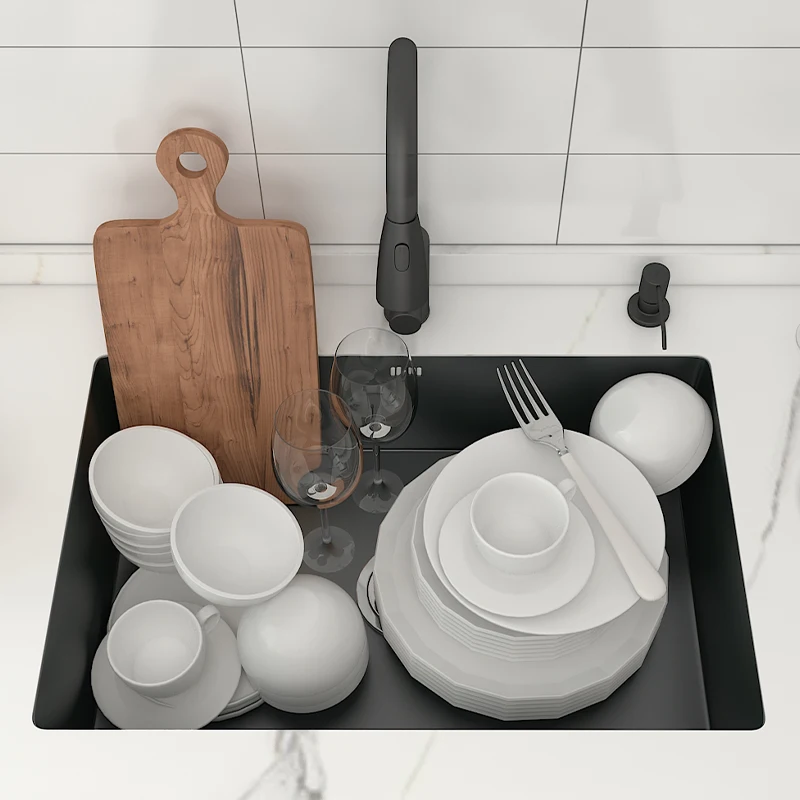
Exploring Kitchen Sink Styles
Traditional vs. Modern Designs
The style of your kitchen sink can dramatically affect the overall look of your kitchen. Traditional styles, such as farmhouse or apron-front sinks, often feature durable materials like cast iron or fireclay, which give a timeless appearance. These sinks are typically wide and deep, making them ideal for families or home chefs who value ample washing space.
On the other hand, modern designs emphasize sleek lines and minimalist aesthetics. Stainless steel sinks, for instance, are highly popular in contemporary kitchens for their clean look and durability. Undermount sinks that are installed beneath the countertop offer a seamless appearance, enhancing the modern vibe by making countertop cleaning effortless.
Specialty Sink Options
Depending on your cooking style and kitchen use, you might consider specialized sinks. For example, a prep sink positioned within an island may serve the dual purpose of food preparation and additional washing space, which can greatly enhance kitchen efficiency. Additionally, you might find novelty sinks, such as corner sinks, which maximize space utilization in compact kitchens while adding a unique touch.
For outdoor or culinary enthusiasts, a utility sink could serve practical use for stepping outside of traditional kitchen duties. Whether it’s cleaning up after gardening or rinsing off tools, a durable outdoor or utility sink can be just as stylish as it is functional. Exploring the range of specialty sink options can lead to a kitchen design that is not just stylish but also harmonizes with your lifestyle.
Material Matters: Assessing Options
Common Kitchen Sink Materials
The material of your kitchen sink plays a vital role in both its appearance and functionality. Stainless steel is a top choice for many homeowners due to its resistance to rust, stains, and heat. Plus, its modern appeal makes it a versatile option that fits well in almost any kitchen style.
Another material gaining popularity is composite granite, known for its durability and range of colors. Composite sinks are not prone to scratching or chipping and can be designed to match various kitchen aesthetics. For a more luxurious feel, fireclay and cast iron sinks offer stunning designs, although they can be heavier and might require more maintenance over time.
The Eco-Friendly Choice
For eco-conscious homeowners, recycled materials, such as those found in bamboo, are rising in popularity. Bamboo is not only sustainable but also provides a unique aesthetic appeal. Additionally, some manufacturers are producing sinks made from recycled metal or polymer blends, catering to environmentally friendly design choices. By considering materials with a lower environmental impact, you can enhance your kitchen’s sustainability without compromising on style or performance.
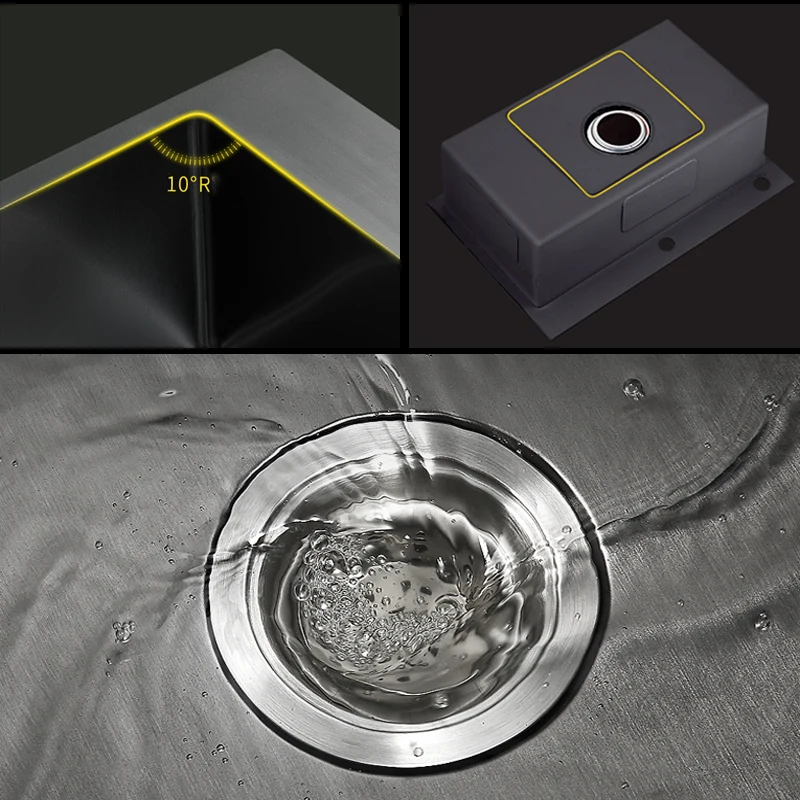
Sink Configurations
Single Basin vs. Double Basin Sinks
When it comes to kitchen sink configurations, homeowners often find themselves deciding between single and double basin options. A single basin sink offers ample space, ideal for washing large pots and pans or for those who prefer a minimalistic aesthetic. This type is especially beneficial in compact kitchens, where every inch of space matters.
Conversely, a double basin sink provides versatility—perfect for multitasking. While one side can be designated for washing, the other can be utilized for rinsing or even as a drying area. Double basin sinks can be particularly valuable in busy kitchens where families prepare meals together, as they allow for a smooth workflow. Assess your kitchen habits to determine which configuration aligns best with your cooking style.
The Pros of a Triple Basin Sink
While less common, triple basin sinks are worth discussing. These designs feature three compartments, providing unparalleled functionality. Such configurations can effectively manage multiple tasks simultaneously, from washing dishes to prepping food and drying items. However, these sinks require more space, making them suitable for larger kitchens or those with very specific functionality in mind.
Sink Depth and Its Impact on Functionality
Beyond width and configuration, the depth of a sink significantly influences your overall cooking and cleaning experience. A deeper sink can accommodate larger items and reduce splashing, particularly when washing veggies or soaking dirty dishes after a meal. However, very deep sinks might pose challenges for shorter individuals when it comes to reaching the bottom.
On the other hand, shallower sinks are easier to reach into and may be more comfortable for smaller kitchens where space is constrained. Ultimately, your preference should balance comfort and efficiency based on your height and daily kitchen tasks.
Faucets: The Finishing Touch
Matching Faucets with Your Sink Style
Your choice of faucet can complement or contrast with your chosen kitchen sink style, allowing for creative expression in your design. For a traditional farmhouse sink, consider going for a vintage-inspired faucet with ornate detailing. These faucets often feature larger handles and a pull-down sprayer that brings practicality with a touch of old-world charm.
For modern sinks, opt for sleek and contemporary faucets made from brushed nickel or chrome. These finishes not only provide a modern touch but are also less prone to showing water spots or fingerprints, making them easier to maintain.
The Importance of Functionality
Equally essential as aesthetics is the functionality of your faucet. Consider a pull-down or pull-out sprayer that simplifies filling pots or cleaning. A high-arc faucet can also make filling large containers easier, while a single-handle design simplifies temperature adjustments. When selecting your faucet, make sure it is compatible with your sink and fulfills the practical requirements that match your cooking style.
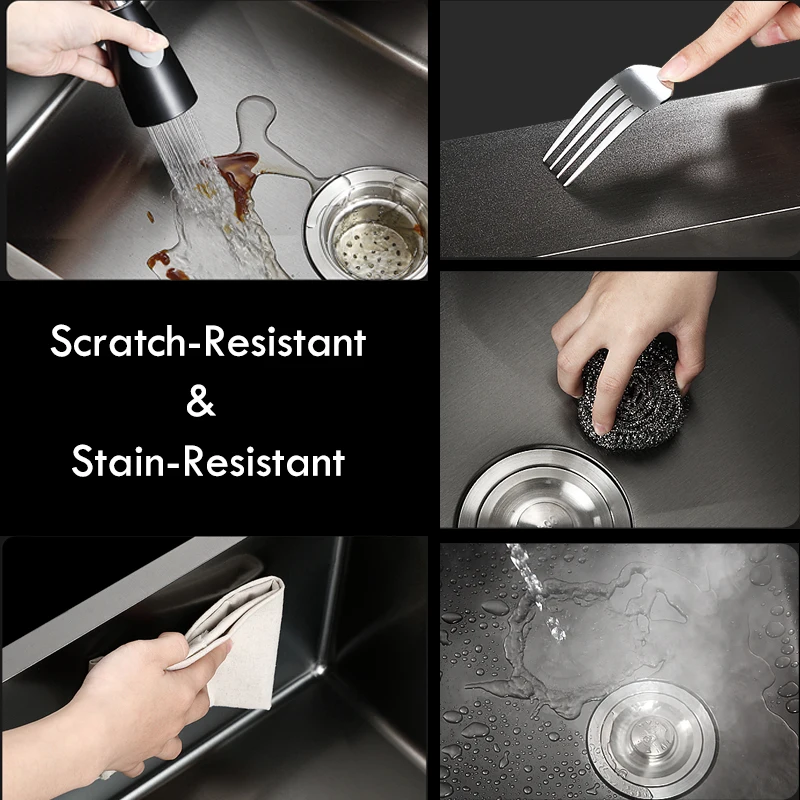
Final Thoughts: Streamlining the Decision Process
Setting Your Budget
Budget is undoubtedly a significant factor when selecting the kitchen sinks. Prices can range dramatically, with basic stainless steel sinks costing significantly less than custom, widely-designed farmhouse options. It’s crucial to set a budget upfront and consider not only the cost of the sink but also installation expenses.
Don’t forget to consider warranties. Higher-quality materials and brands may offer extended warranties, which can be an indicator of quality and durability. Investing in a good sink pays dividends in longevity and performance, making your kitchen tasks easier and more enjoyable.
Visualizing Your Kitchen’s Cohesion
Ultimately, the key to selecting the perfect kitchen sink lies in visualizing your entire kitchen’s cohesion. Consider the overall interior design, the cabinetry, the countertops, and appliances when making your choice. Check multiple styles and materials against each other to find the best match.
With so many choices available, it can be easy to feel overwhelmed. However, by approaching the decision methodically and keeping your needs and preferences in mind, you can find a sink that is not only functional but also perfectly tailored to your kitchen’s aesthetic. Take your time, gather samples, and consult with design professionals if necessary. Your sink is not just a tool; it contributes to the heart of your home, bringing form and utility together.
In conclusion, choosing the perfect kitchen sink involves understanding various aspects, including size, style, materials, and functionality. By considering these factors, you can find a sink that beautifully complements your kitchen while serving as a vital utility that meets your daily needs. Whether you lean towards a traditional or modern design, your ideal kitchen sink is key to both practicality and striking design in your home.
